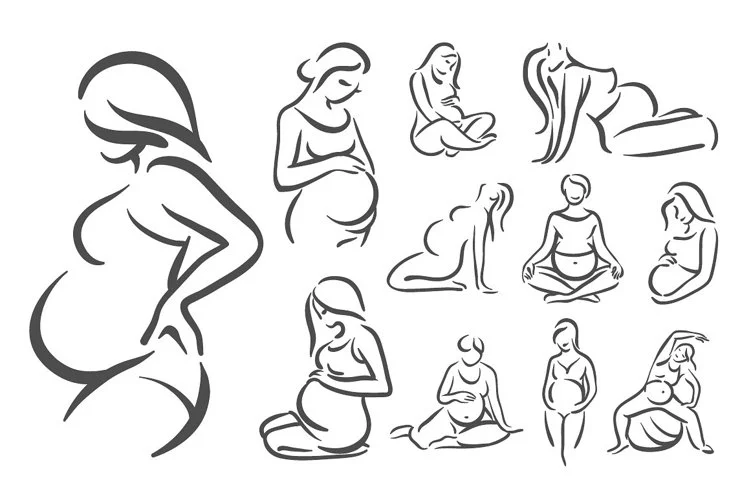Updated: May 6, 2021
Originally Published: September 29, 2013
Whether you’re contemplating starting a family later or already have children and just need a breather, navigating the myriad of birth control options can feel daunting. From condoms to IUDs, the choices can overwhelm even the most organized individuals. It’s crucial to find a method that fits your busy lifestyle without adding to your mental load. Let’s break down the various birth control methods available to you:
Condoms
Both male and female condoms are effective and affordable options for preventing pregnancy. However, they require both availability and consistent use, which can sometimes be overlooked, especially in long-term relationships. Many couples tend to stop using condoms after marriage, which could lead to unintended pregnancies if not careful. When used correctly, condoms boast an effectiveness rate of 99.9% and can easily be discarded when you’re ready to conceive.
Pills, Patches, and Rings
These hormonal options can be highly effective, but they come with their own set of challenges. The pill must be taken at the same time daily, which can be tough to remember, especially for busy women. The patch needs to be changed regularly and must stay adhered to your skin, while the ring should be checked occasionally to ensure it’s in place. Typically covered by insurance, these methods can be cost-effective but do require annual visits to your gynecologist for refills. While they are about 99.9% effective when used perfectly, it’s important to note that fertility can take time to return after discontinuing hormonal methods (ranging from a month to up to a year).
Diaphragms and Spermicide
Diaphragms are silicone cups fitted by a healthcare provider that sit over the cervix and are used with spermicidal gel or foam. They need to be inserted up to an hour before intercourse for optimal effectiveness. Though they are relatively inexpensive (costing between $20-$75) and can last for two years, they are a bit less effective—around 92%—when used consistently. They’re a great hormone-free option, making it simple to transition back to trying for a baby; just remove the diaphragm.
Intrauterine Devices (IUDs)
IUDs are small, T-shaped devices that can either release hormones for 3-5 years or be made of copper, lasting up to 10 years. These are among the most effective forms of birth control, with a success rate of 96-99%. They require a healthcare professional for insertion, and once in place, they can be left until you decide to conceive. After removal, fertility typically returns quickly, which is a relief for many. Despite their past reputation, modern IUDs are a safe and reliable choice.
Natural Family Planning
This method involves tracking ovulation through apps or temperature changes, which can take some practice. While some find it empowering to understand their bodies better, it does require diligence. If you choose not to use barrier methods during ovulation, be mindful that sperm can survive inside the cervix for up to three days; miscalculations could lead to surprises. When done correctly, natural family planning can be about 95% effective, and it has the added benefit of no hormonal interference, allowing for a quick return to fertility when you’re ready.
Remember, no method is foolproof, and life can sometimes throw unexpected curveballs. If you’ve found yourself in a situation where unplanned abstinence is your current form of birth control, know that it’s also a valid option. Each method has its pros and cons; the key is finding one that fits seamlessly into your life. Explore what works best for you and your partner, and take the time to enjoy your relationship before embarking on the journey to parenthood. For more insights into family planning, check out our post on natural family planning and consider reputable retailers like Make a Mom for at-home insemination kits. Additionally, for more information on pregnancy and home insemination, visit Progyny.
In summary, with so many birth control options available, it’s essential to find what suits your needs and lifestyle best. Whether you choose hormonal methods, non-hormonal options, or natural planning, make sure you feel confident and informed in your choice.

Leave a Reply